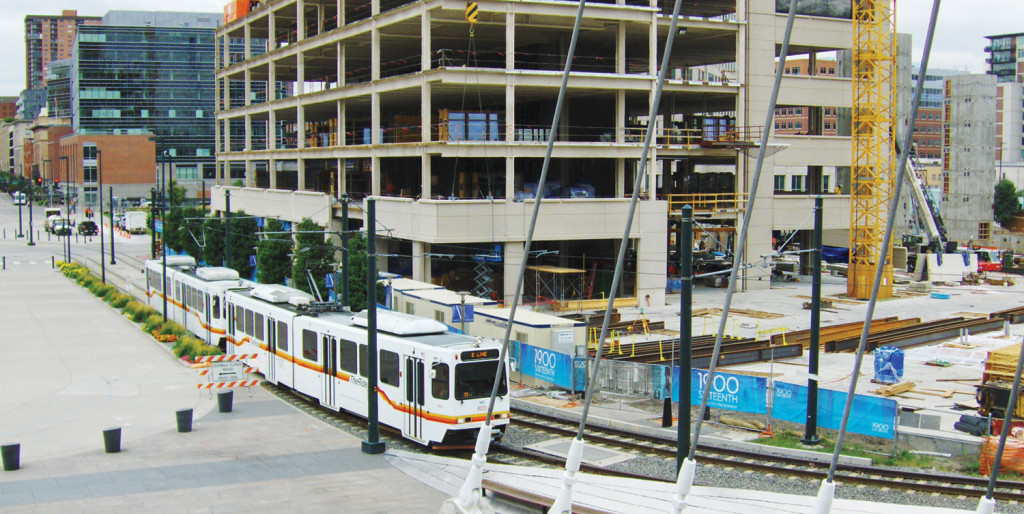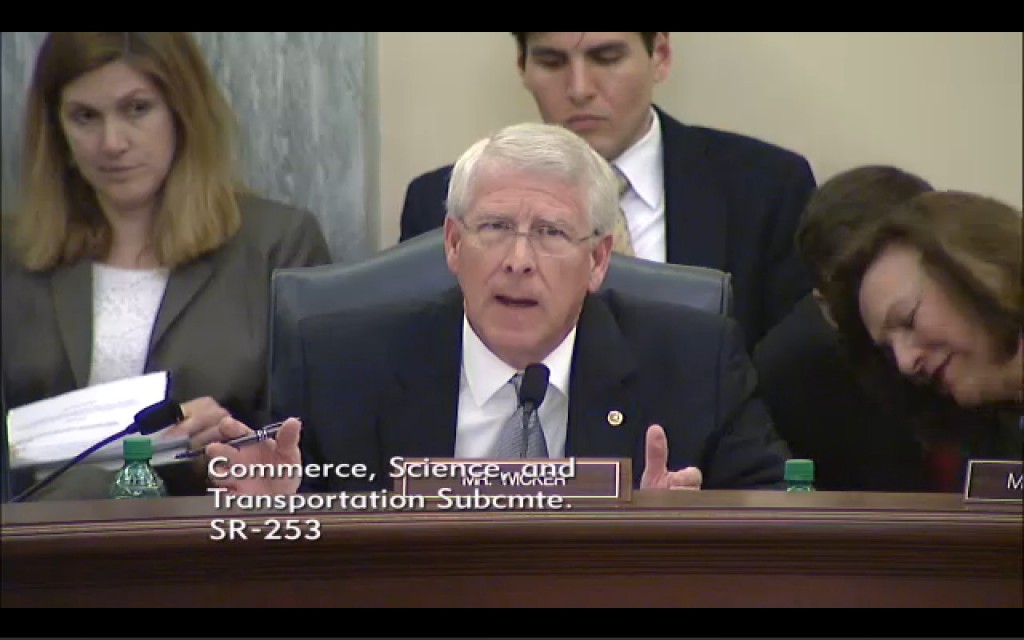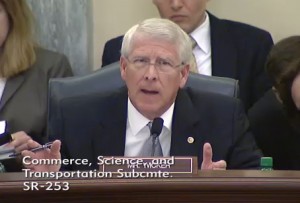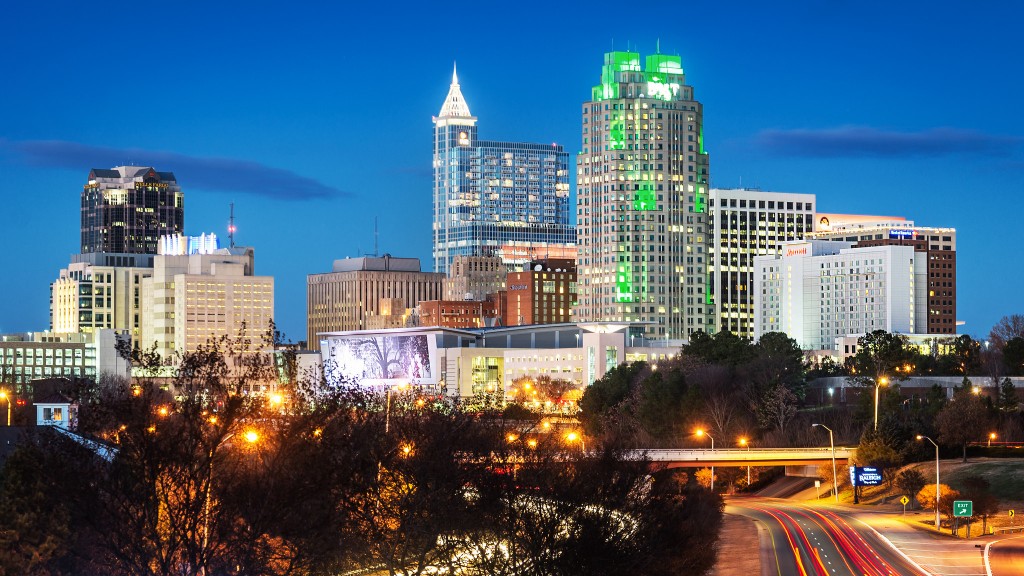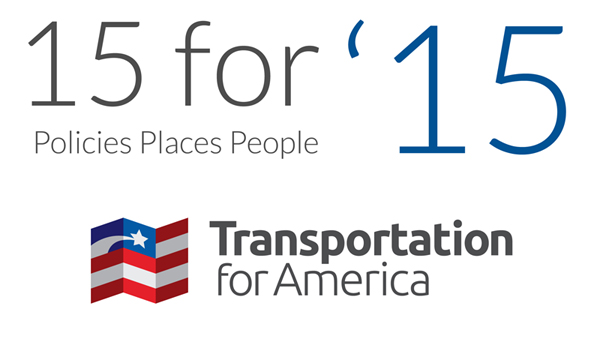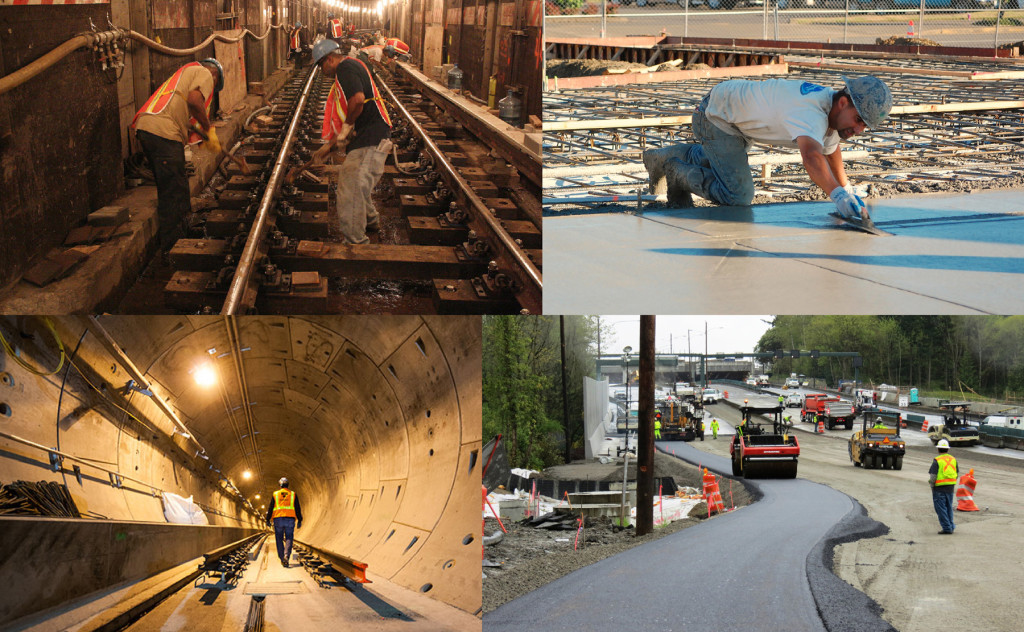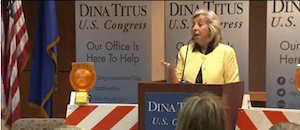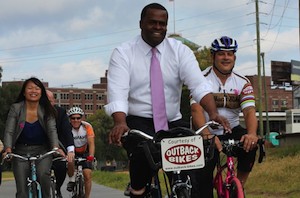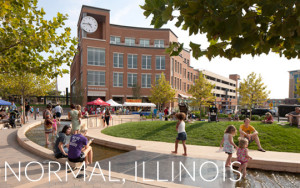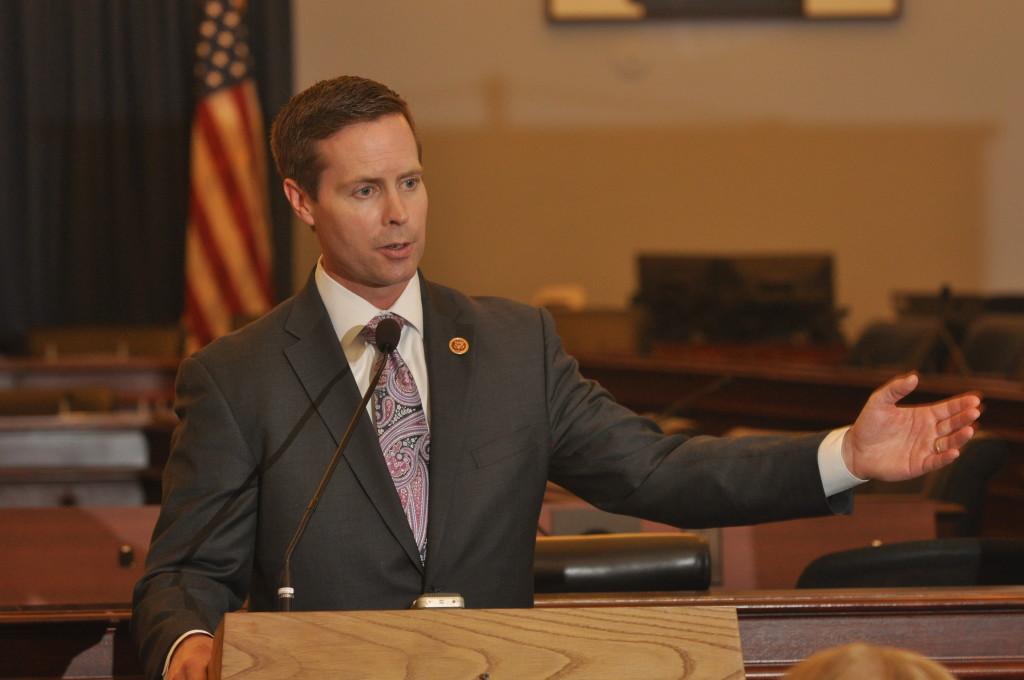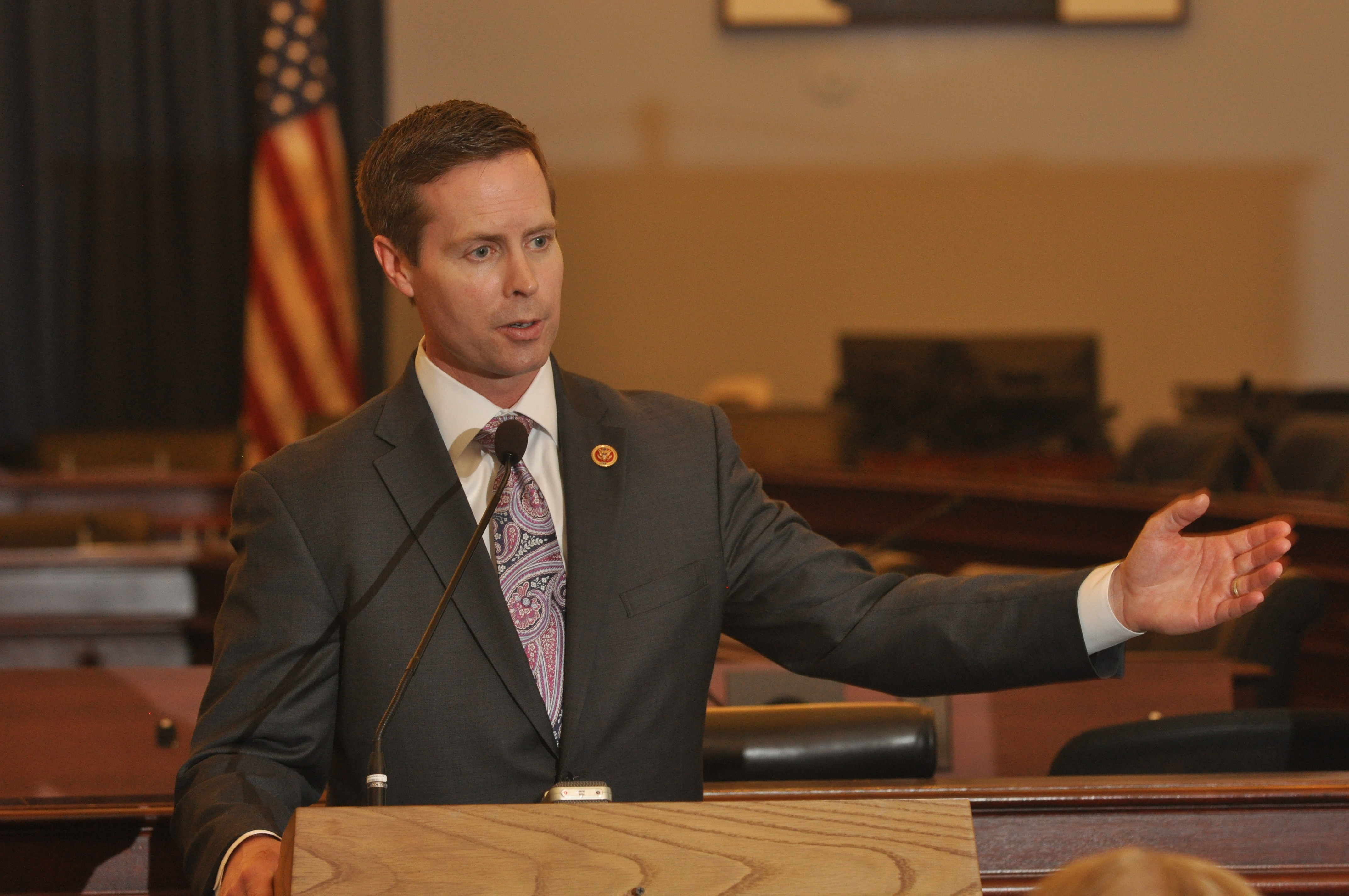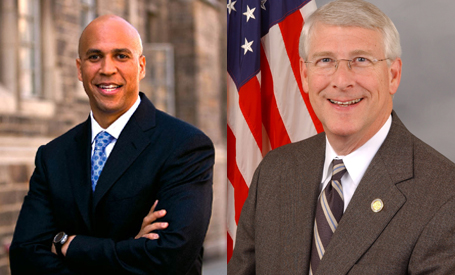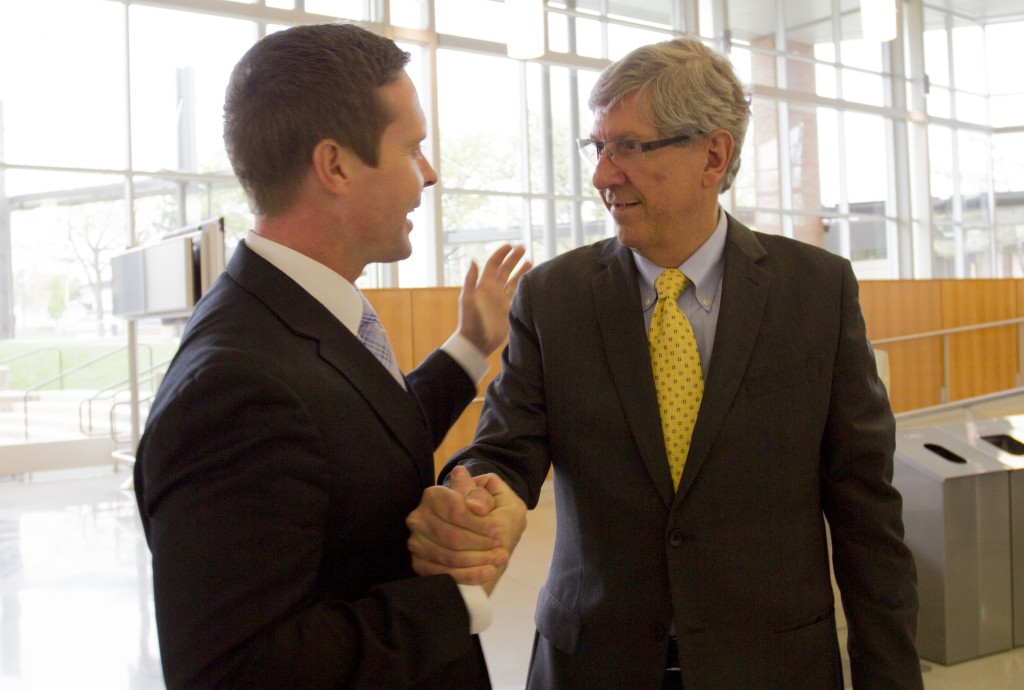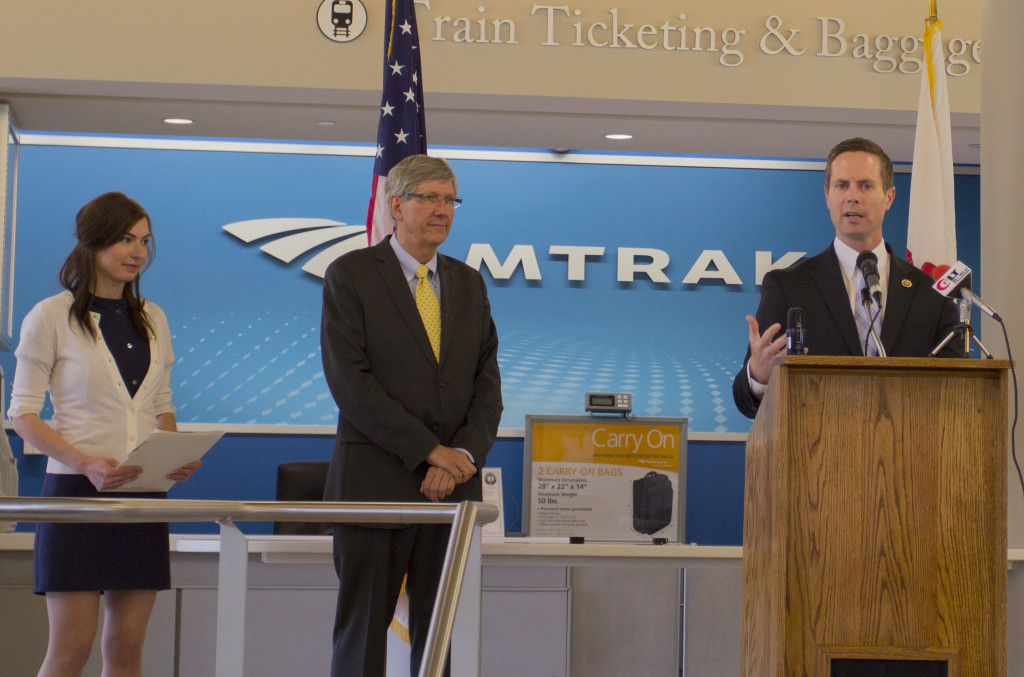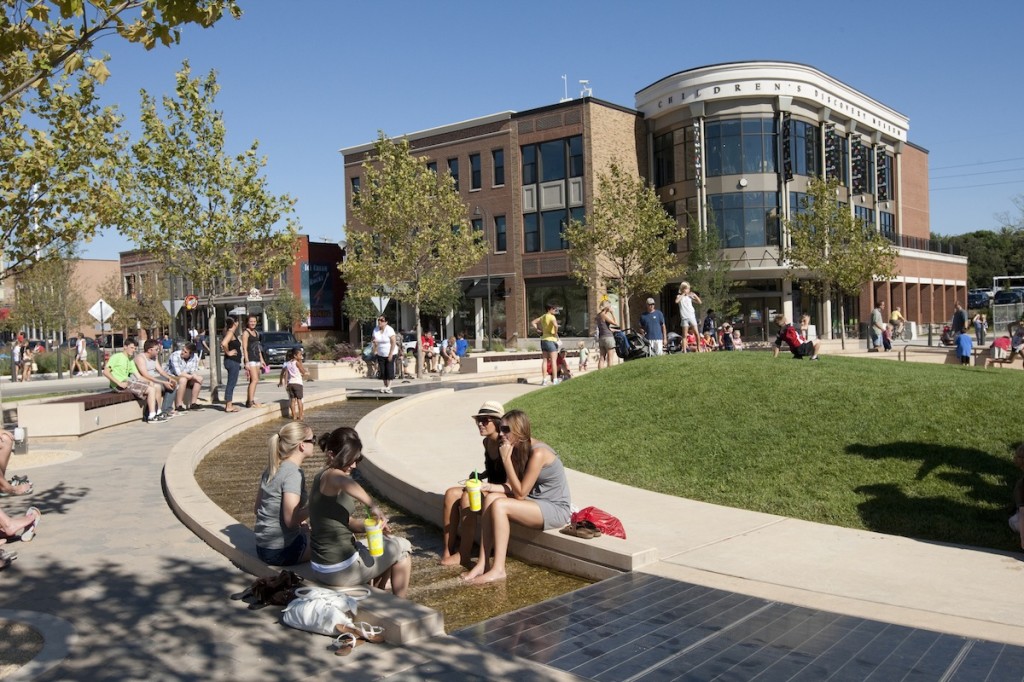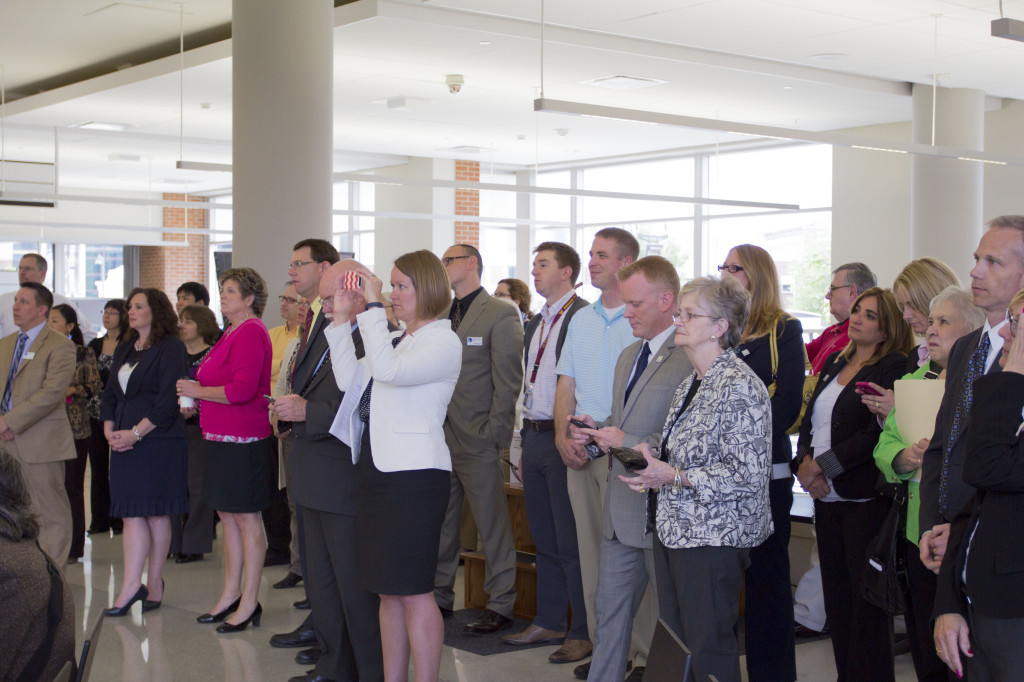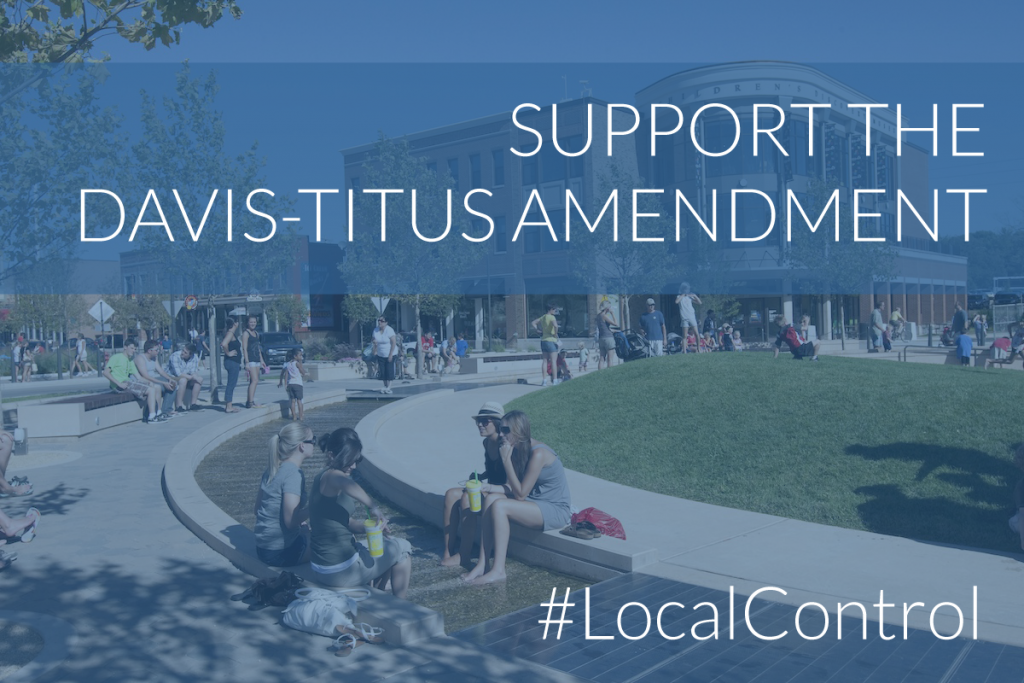
Two Representatives championing the cause of giving local communities more control over federal transportation dollars will introduce a modified plan in the House to steer more funding directly to local communities — a plan they hope to have incorporated into the House transportation authorization bill being marked up in committee this Thursday (10/22).
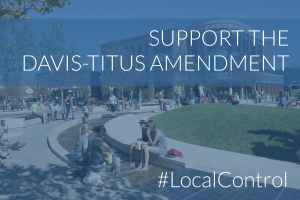 Late last week, the House Transportation and Infrastructure Committee released their proposal for a six-year transportation reauthorization.
Late last week, the House Transportation and Infrastructure Committee released their proposal for a six-year transportation reauthorization.
Like the Senate’s version from this summer, the committee authorizes only three years of funding in a bill that contains six years of policy requirements. But unlike the Senate bill that cobbled together three years of funding from more than ten years of future offsets, the House continues to punt on the funding question and offers no actual solutions for keeping the nation’s transportation fund solvent for the life of the bill. With the House Ways and Means Committee also not providing any indication as to where funding will come from to pay for this bill, it’s like weighing a decision to buy a new house without knowing any of the loan terms up front on a 30-year mortgage.
While the policy in the bill is also far from the kind of transformational, reform-minded bill that we have been pressing for, there’s a very tangible improvement that will be proposed by a bipartisan group of representatives, and it’s one worth fighting for to include in the bill this week before it moves to the floor.
The amendment from Representatives Rodney Davis (R-IL) and Dina Titus (D-NV) would do three things:
- Provide more flexible funds overall. The amendment increases the amount of funding in the federal Surface Transportation Program (STP) overall, which are the most flexible transportation dollars that can be invested in almost any type of local project, whether a project to improve a road, increase the reach of transit, or make a street safer for biking and walking.
- Send more money directly to local communities. The amendment increases the share of flexible STP funding that goes directly to local governments.
- Help smaller communities too. It also ensures that the smaller regions with less than 200,000 people that don’t directly control STP funding have more certainty over how the funds reserved for their areas will be spent. This is accomplished by requiring the state to only fund the projects that local communities actively apply for. A new reporting process would make clear to the public which projects applied for funding and how the state prioritized and selected them.
We need to drive up support for this plan now as the House considers their bill in committee this Thursday. Send a message today to your Representatives and urge them to support the Davis-Titus amendment.
How the current system works for local communities, and how it falls short
Large metro areas (over 200,000 people) directly receive a share of flexible federal dollars through a process known as suballocation. The Davis-Titus amendment would increase the share of these flexible dollars that they control from 50 percent up to 67 percent of the program’s total funding
But today, small metro areas (under 200,000 people) are at the mercy of their state department of transportation’s opaque decision-making process for spending in their area. In these smaller areas, those “suballocated” funds go directly to the state instead, which has total control over deciding how these funds will be spent. The only basic requirement is that the state must spend a predetermined share of those funds based on population within the state’s smaller metro areas, but the local community gets little say on how those dollars are allocated.
Those decisions are left entirely up to the state, even though the funds are expressly intended by federal law for those smaller cities and metro areas.
While there’s some variety from state to state in how this process plays out — some states are more respectful of local communities’ wishes than others — it means that a local community could see their priorities passed over completely by their state department of transportation. A local community could have a pressing need like improving an important downtown main street or intersection safety improvements that yield stronger outcomes and benefits per dollar spent, and the state could instead decide to add a lane on the state highway on the edge of town instead. As long as the state spends the appropriate amount of money within that area, that’s considered a proper use of the money intended for use in that community.
What would the Davis-Titus amendment change?
The overall funding intended for metro areas and cities of all sizes would increase in two ways: First, the size of the flexible program known as the Surface Transportation Program (STP), which can be spent on almost anything from roads to bridges to transit to bike lanes, would be increased across the board. Secondly, the share of STP that gets suballocated to metro areas of all sizes increases from 50 percent of STP funding to 67 percent. That means more money will be given directly to metro areas and metropolitan planning organizations.
Last but not least, an important change is made to ensure that smaller metro areas aren’t left behind. Instead of being put solely at the state’s discretion, under this proposal, states would only be permitted to fund the projects that local communities enter into a transparent application process to receive funding. So if a local community hasn’t applied for funding for a certain project, the state wouldn’t be able to fund it with suballocated STP dollars and satisfy the requirement that they spend a certain share in these smaller areas.
In addition, this new application process has some other requirements to improve transparency that would make it clear to the public which projects applied for funding and how the state prioritized and selected them, allowing local leaders and citizens a mechanism to hold their state accountable.
Why support the Davis-Titus amendment?
A compelling case can be made that Americans are willing to contribute more to invest in transportation, but they absolutely want to know that the dollars a) will be spent wisely on the projects that do the most to get people to work, school and daily needs and b) they want more decisions in the hands of the levels of government closest to them so they can hold them accountable.
What does this mean for the Innovation in Surface Transportation Act
The Innovation in Surface Transportation Act has been one of our biggest priorities for more than a year now and has also been championed in the House by Representatives Davis and Titus. That bill would put a small share of each state’s federal transportation dollars into a competitive grant program, with local communities represented in the selected process, so that towns and cities of all sizes could compete directly on the merits for transportation funds.
This is a significant and transformative proposal, but as we’ve worked hard with countless local partners, mayors, elected leaders, business groups and trade associations here in Washington to build consensus, the modified Davis-Titus proposal is the one with the best chance of being incorporated into the House’s bill this week.
This new proposal wouldn’t have happened without the strong support that has been pouring in for months on the Innovation in Surface Transportation Act, however. Your emails, phone calls, letters and meetings have made it clear to these Representatives that this idea has traction, and this new proposal is a direct result of your past support for the Innovation in Surface Transportation Act.
So in the House, in the short-term, we’ll be focusing our efforts on the modified Davis-Titus amendment because it represents the best chance to accomplish many of the core goals for Innovation in Surface Transportation Act: increase local access and control over federal transportation funding and improve the transparency for how those funds are spent. This new proposal is a smart compromise that should be incorporated into the multi-year transportation bill being considered in House committee on Thursday, October 22nd, and one that will ensure that smart, locally-driven, homegrown transportation investments get the funding they need.




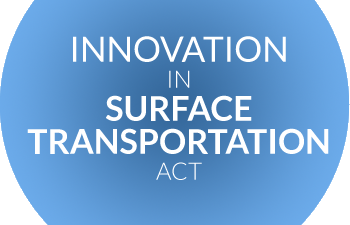
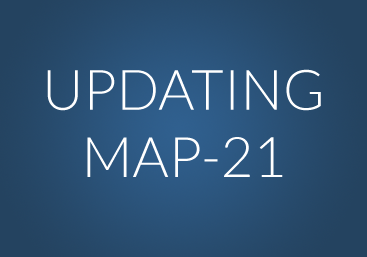
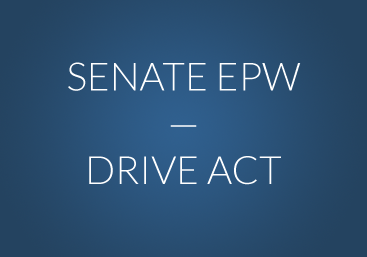 June 24, 2015 — The Senate Environment and Public Works Committee (EPW) released its six-year MAP-21 reauthorization proposal on June 22, 2015. The DRIVE Act is a start, but needs much more work to reform — and reinvigorate — the federal transportation program in ways that will boost today’s economy and ensure future prosperity. This memo provides an overview of the key provisions included in the proposal, as well as funding levels for key programs.
June 24, 2015 — The Senate Environment and Public Works Committee (EPW) released its six-year MAP-21 reauthorization proposal on June 22, 2015. The DRIVE Act is a start, but needs much more work to reform — and reinvigorate — the federal transportation program in ways that will boost today’s economy and ensure future prosperity. This memo provides an overview of the key provisions included in the proposal, as well as funding levels for key programs.